- Brief
introduction to Kathak, an Indian classical dance form.
Kathak
is undoubtedly the most popular classical dance style of north India. The
speciality of this dance is the spins and circular movements that create a rare
spectacle. To master this difficult form requires several years of practise. The
highlight of the technique is the complex rhythmic footwork, which is
considered the mainstay of Kathak dancing. Kathak, has been acclaimed for
centuries, as a distinct form of classical dancing and enjoys international
recognition too.
Kathak
evolved from the Vedic period, with several evidences in the form of literature,
paintings and sculptures. It is believed that Kathak originated from the story
telling tradition. Incidentally the word Kathak
has evolved from the word kathakaar (story teller). Hence varied stories from Hindu traditions were narrated for spiritual and social upliftment, “Katha Kahe,
So Kathak Kahalave (Tells a story hence
known as Kathak).
The
community of musicians and dancers were known as Kathakaar. Buddhist and Jain literartrue also mention the tradition of dancers in Vaishali, Magadh and Kosha. According to Valmiki’s Ramayana, Lava and Kush narrated the story of Ramayana to their father, Lord Rama, without realising that Rama is their father. Besides the story telling aspect, other aspects like hand gestures, expressions and rhythmic footwork was added to attract theatrical appeal, as dance moved from villages to courtyards, palaces and finally to modern day auditorium.
Pinnacle of Kathak
Kathak
reached its pinnacle during the Mughal regime. King Akbar encouraged arts and
artists that included the great singer Tansen (child of Laxmi Bai and Makrand
Pandey). Performers from Persia and Central Asia were also invited to perform.
Hence there inter-mingling of cultures and styles which affected the style of
presentation and costumes too.
While
Mughal dancers were attired differently and commenced with the typical salaami toda (the dance salute),
different musical compositions and lyrics Hindu dancers were different and
commenced their performance with invocations to their Gods and the dances were
normally and naturally so based on Hindu themes. The complete costume and aharya (costumes and make-up) were
different too.
Nawab
Wajid Ali Shah and Nawab Asaf Ud Daulah were great promoters and contributed
their poetic renditions which were interpreted in expressional dancing.
Bindadin Maharaj, was another great composer and poet, whose renditions are
always performed. Poetic renditions by several saints are also recreated in the
dance format
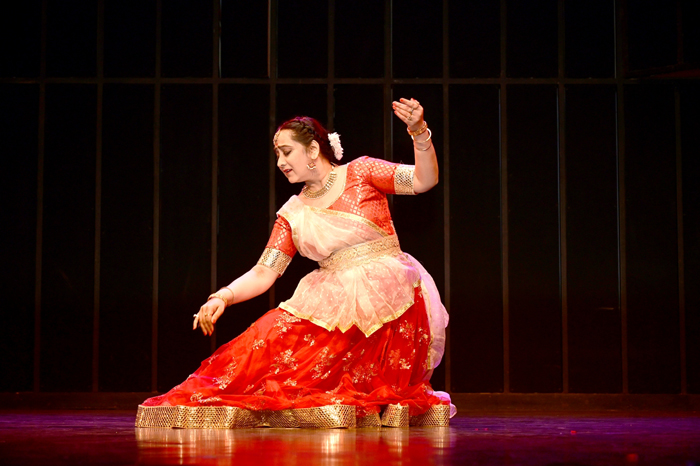 Asavari Pawar
Asavari Pawar
Gharanas of Kathak
As
Kathak evolved from different regions of northern India, different gharanas (schools) of Kathak were also
introduced. The most prominent being three i.e. Lucknow, Benares and Jaipur
besides the Raigad gharana. Certain technical differences in the style of
presentation and different renditions exist due to regional differences. The
Jaipur gharana flourished due to Rajput royal patronage, one of the founders
was Bhanuji. The Gharana was promoted by Jailal and Sundar Prasad. Pandit
Durgalal, his elder brother Devi Lal and the present Rajendra Gangani all
belong to the Jaipur Gharana.
The
Lucknow Gharana was founded by Thakur Prasad, who was the Guru of poet Wajd Ali
Shah. The most popular maestro of contemporary India, Pandit Birju Maharaj, who
expired recently, also belongs to the same family. Achchan, Lachhu and Shambhu
Maharaj were the great mentors of this gharana.
Jankiprasad Gharana, known as Banaras Gharana, was founded by Sohanlal, Mohanlal, Naval Kishore and Kundanlal. Kathak queen Sitara Devi, daughter of Pandit Sukhdev Maharaj and Nataraj Gopikrisna, belong to this gharana. His performance in V Shantaram’s classic Janak Janak Payal
Baje is iconic. Jayantimala and her daughter Rashika Mishra are known
exponents of this gharana.
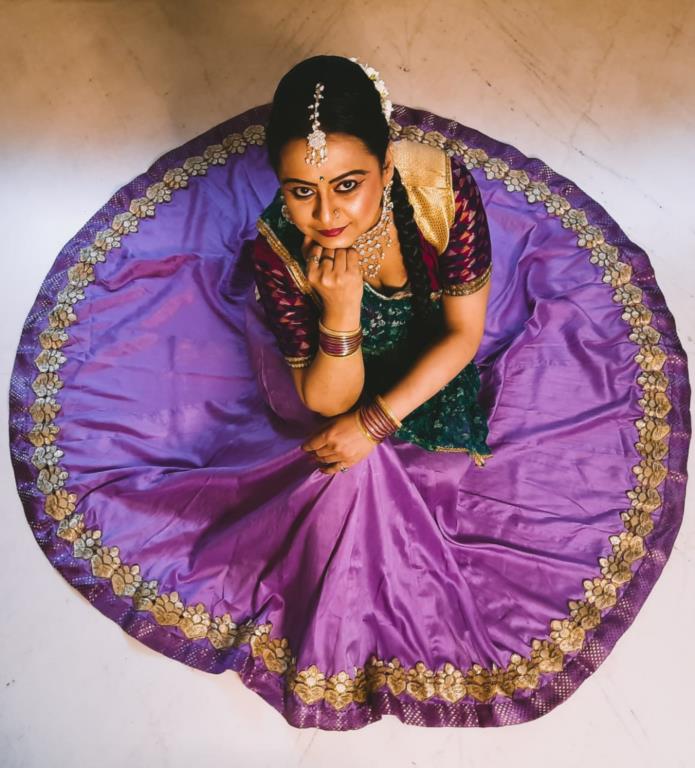 Paullomi Mukherkee.
Paullomi Mukherkee.
Music training and Performance
Both
classical and folk music have been adapted in Kathak dance, accounting for regional
differences and varied dialects. Bindadin Maharaj compositions form the
mainstay of the Kathak repertoire plus saint composers like Tulsidas, Surdas,
Meera Bhajans or the abhangs of Tukaram, Eknath and Gyaneshwar.
Like
other classical dance styles, children start learning for a course, at a young
age. It takes a minimum of ten years or more to reach up to the level of
Visharad or Alankar. Continuous and persistent practise is necessary. The
performance normally begins with invocations known as Vandana, followed with teentaal
and several rhythmic sequences. It is followed with an abhinaya (expressions) number, concluding with a Tarana.
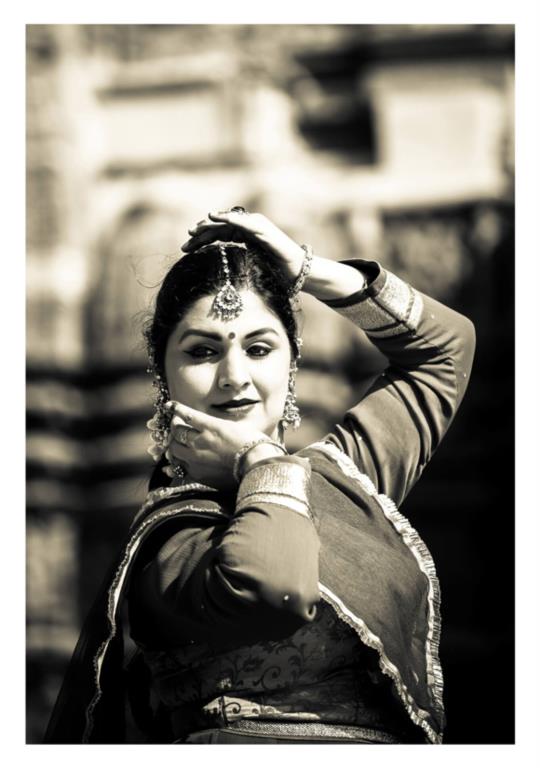 Dr Tina Tambe.
Dr Tina Tambe.
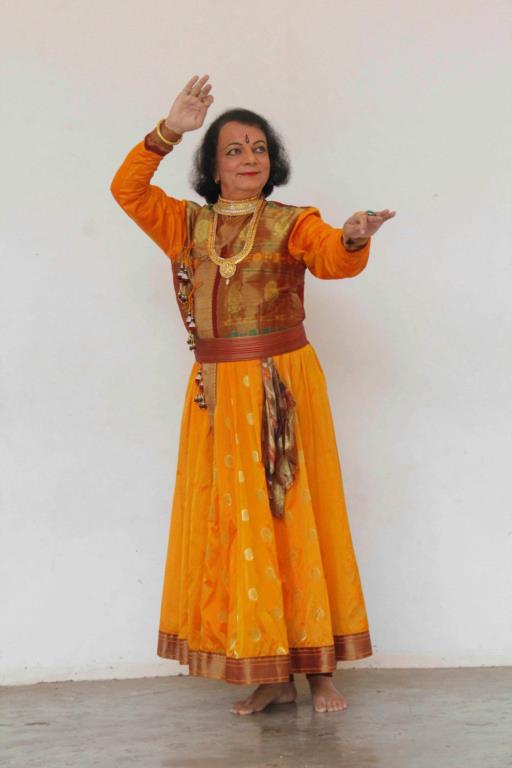 Pandit Nandkishore Kapote.
Pandit Nandkishore Kapote.
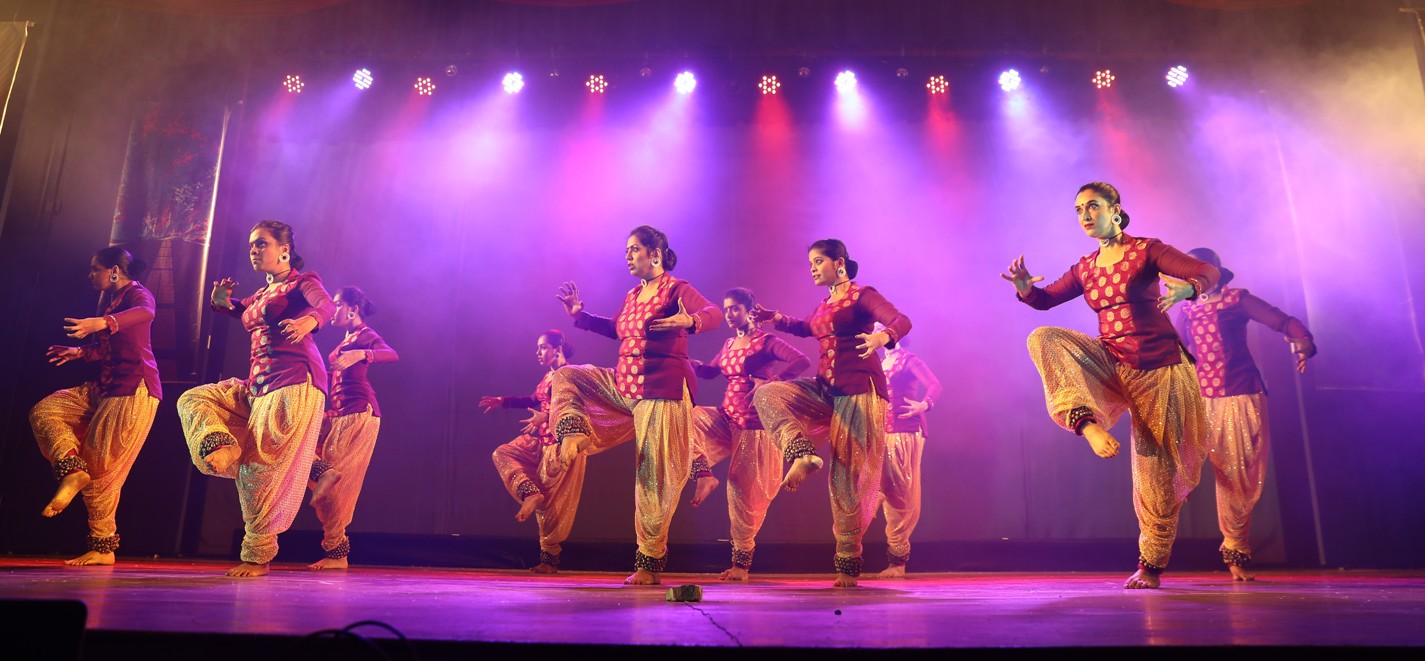 Manisha Jeet.
Manisha Jeet.
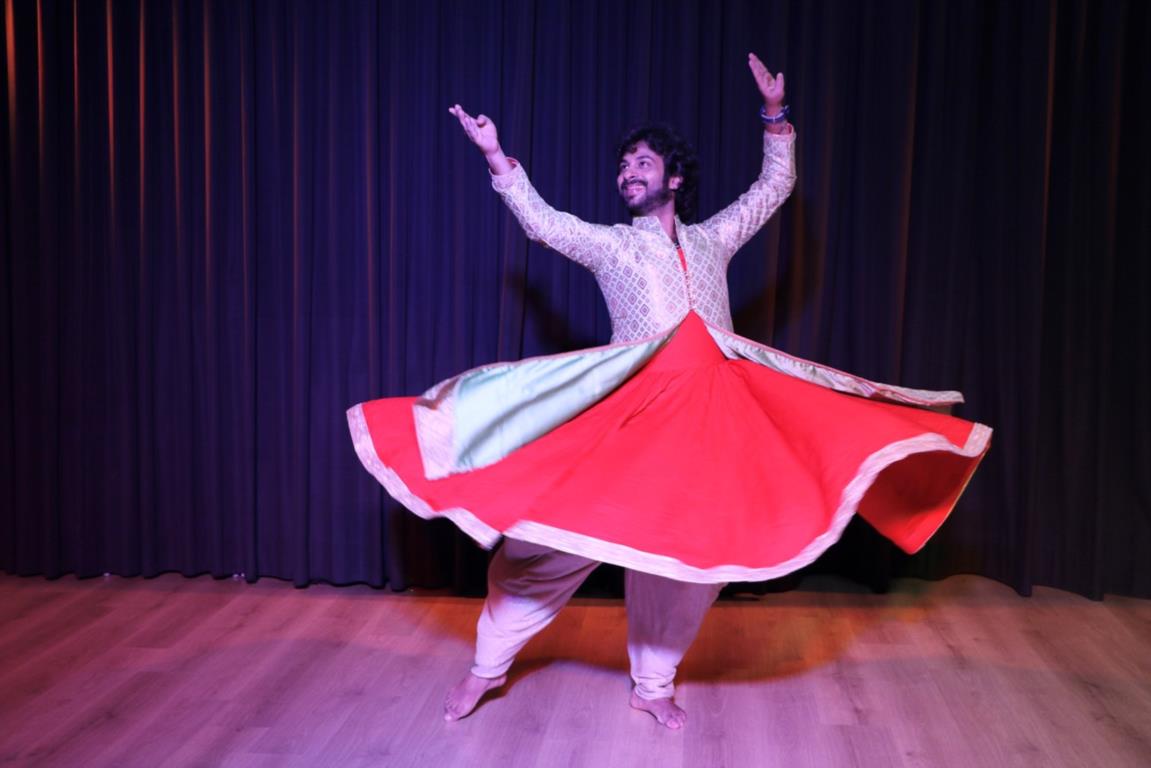 Devesh Mirchandani
Devesh Mirchandani
Top dancers
Pt Birju Maharaj was among the best known exponents of this dance form. Asavari Pawar, daughter and disciple of Pt Pratap Pawar has established Kalaasisish academy in New Delhi and performed extensively. Another senior disciple of Pt Birju, Pt Nandkishore Kapote is the recipient of Maharashtra Gaurav and other awards is the director of Nandkishore Cultural Society in Pune. Top New Delhi based dancers include Shovana Narayan Traxi and Uma Sharma. Mumbai based dancers Padma Sharma, Gauri and Tarini Sharma, Asha and Archana Joglekar-Chetan Saraiya is their disciple, Deepak Maharaj is the eldest son of Pt Birju Maharaj, Ravi Kishan Mishra, Anuj Mishra,
Dheerendra Tiwari, Uma Dogra, Keka Sinha, Smruti Talpade, Paullomi Mukherjee (only
ganda band shagird of Ramadevi
Maharaj), Rajashree Shirke (SNA awardee). Young and brilliant dancers like
Manisha Jeet. Scientist turned dancer Sunil Sunkara, Bollywood choreographer
Devesh Mirchandani.
Brilliant
couple Kathak dancers from Bangalore are Hari and Chethana, Nirupama and
Rajendra. Dr Tina Tambe is a fine exponent and director of Ninad Centre for
Performing Arts, Mumbai.
To read all
articles by author
To read all articles on Indian
Traditional Dance
Guru Vijay Shanker is a professional Kuchipudi, Kathakali
exponent, dance teacher, choreographer, actor and arts critic for over four
decades, contributing for national and international publications. He is
particularly credited for his lecture-demonstrations on Indian classical
dancing which is a fine combination of both education and entertainment.